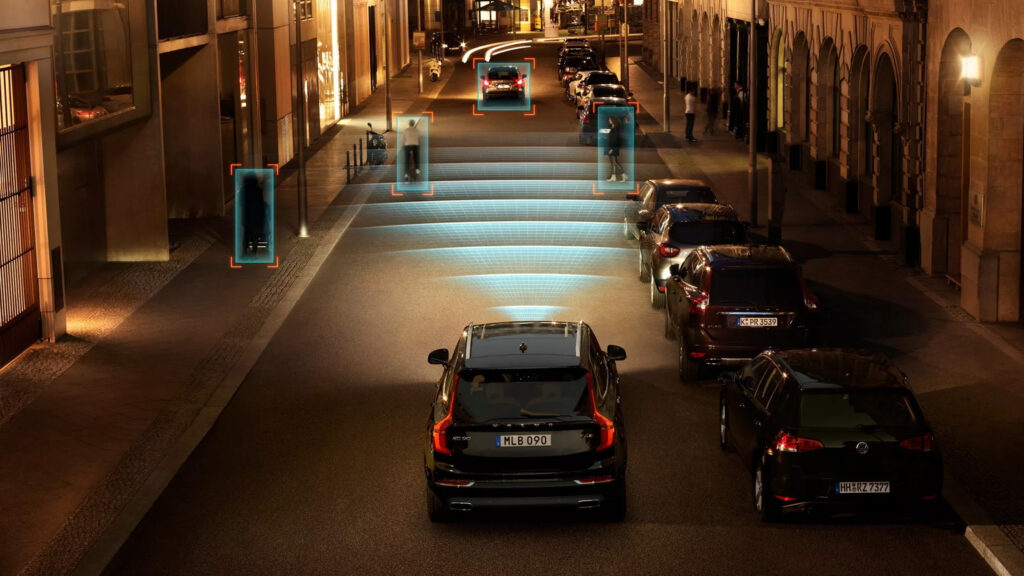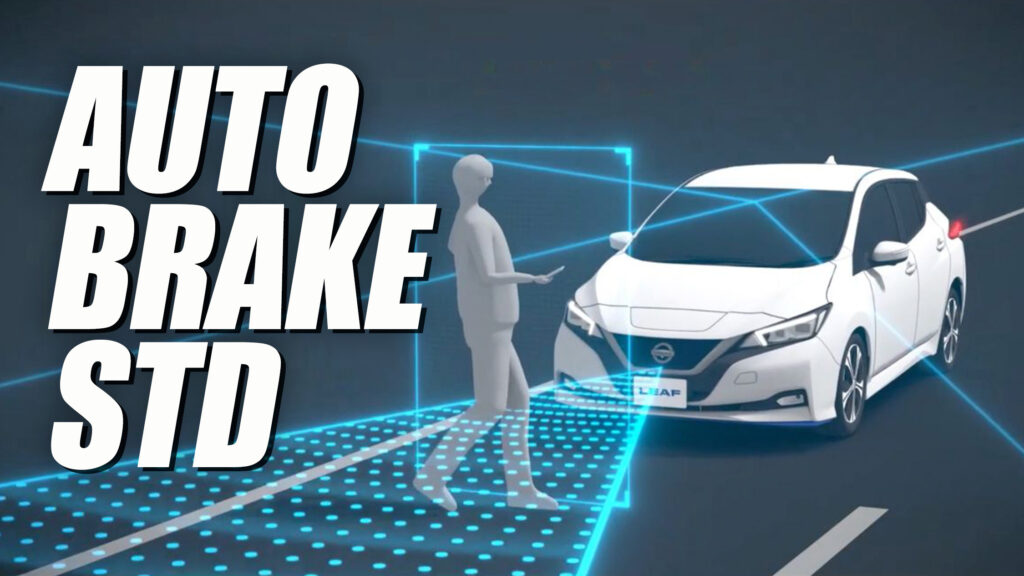- Automatic emergency braking to become a legal requirement on all new sub-10,000 lbs (4,500 kg) vehicles in the U.S. by 2029
- New rule requires vehicles to be able to stop and avoid hitting a car ahead when traveling at up to 62 mph (100 km/h)
- U.S. government thinks measures will save 362 lives annually; NHTSA puts cost at $82 per car
Automatic emergency braking tech will become compulsory on new vehicles before the end of the decade, potentially saving almost 400 lives every year, and preventing thousands of injuries, according to the U.S. government.
Most new cars sold in North America already have auto emergency braking (AEB) tech, but some don’t, and there are no rules governing the performance of the systems in vehicles equipped with the system. But that will change by September 2029, when new technical guidelines laid down by the NHTSA take effect. Those rules require AEB to be fitted on all new passenger vehicles sold in the U.S., those weighing under 10,000 lbs (4,500 kg) at least.
Related: U.S. To Make Automatic Emergency Braking Mandatory On All Passenger Cars
They also demand that an AEB system enable a car to stop and avoid a collision with another vehicle ahead of it when traveling at speeds of up to 62 mph (100 km/h), in both day and nighttime conditions. The car must also apply its brakes automatically at up to 90 mph (145 km/h) if it’s about to collide with another vehicle in front and be able to spot and avoid hitting pedestrians at up to 45 mph (72 km/h).
The U.S. government believes mandating and regulating AEB technology could reduce the millions of rear-end crashes occurring nationwide each year, save 362 lives annually, and prevent 24,000 injuries, not to mention save drivers a fortune in medical costs, insurance bills, and vehicle repairs.
The NHTSA said that police received reports of almost 2.2 million rear-end collisions in 2019, which resulted in 574,000 injuries and 1,798 deaths. But that’s nothing compared with the shocking 6,272 pedestrian fatalities that happened the same year, 65 percent of which were caused by people being struck by the front of a moving car.

Other than reducing the amount of work available for towing companies, body shops, and nurses, the only obvious downside is that some cars will need extra hardware to meet the challenge. The NHTSA estimates the rule will add a modest $84 to the price of a new car, but is leaving automakers with the choice of exactly what sensors they use.
However, in its test of 17 vehicles, including a BMW iX, Ford F-150 Lightning, and Hyundai Ioniq 5, only the 2023 Toyota Corolla, which employs both radar and camera technology, was judged to meet the required standards. Though big carmakers have until September 1, 2029 to meet the new legislation, low-volume firms will get an extra year’s grace period.








